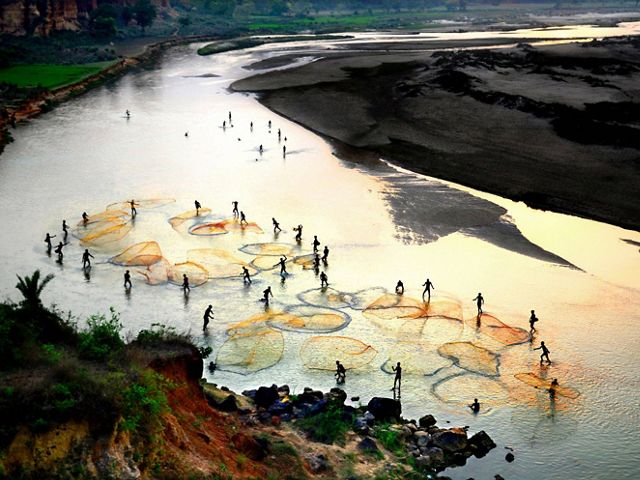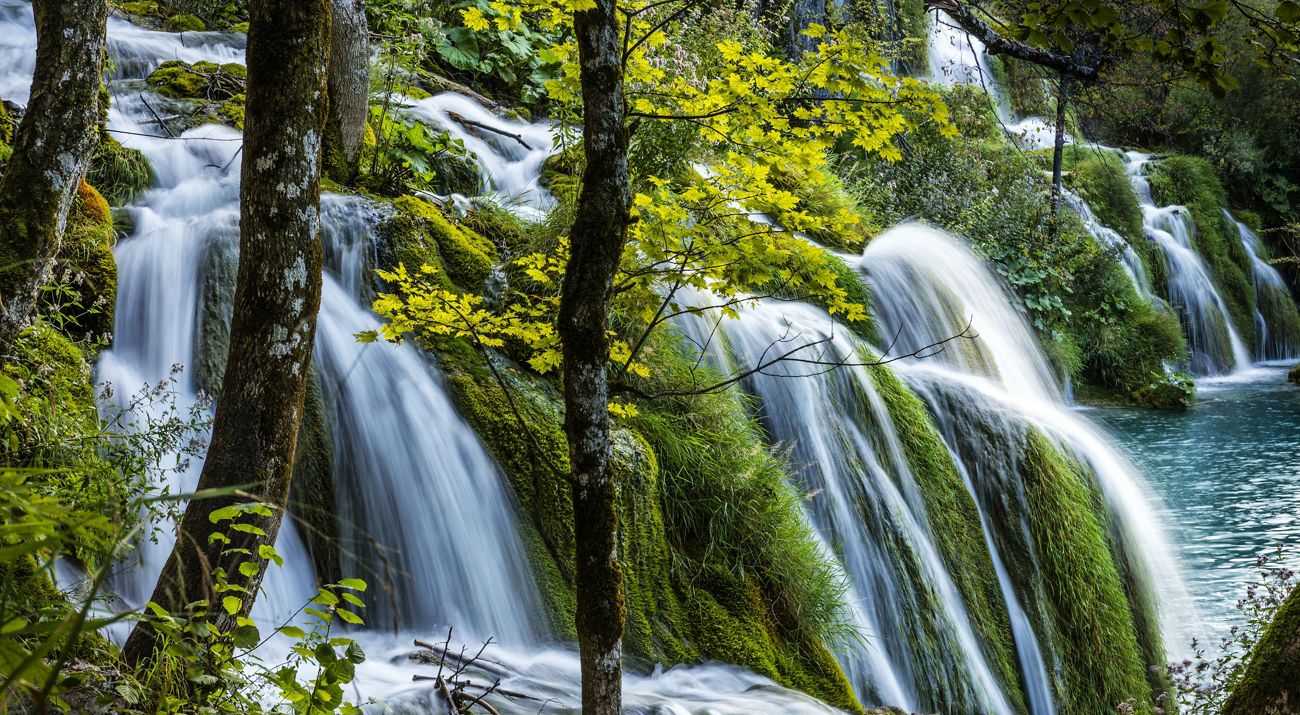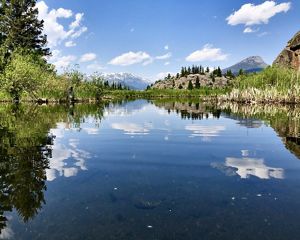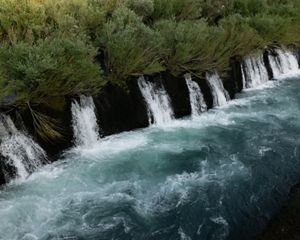We Must Save Fresh Water to Save Ourselves
Now is the time to come together and protect our world’s dwindling freshwater ecosystems.
As the twin threats of climate change and biodiversity loss come to a head this decade, the fate of our fresh water lies in the balance.
Extreme weather is becoming increasingly common, bringing massive rainfall and flooding in some regions and widespread heat and drought in others, with disastrous impacts on both humans and nature. At the same time, we have lost nearly a third of the world’s freshwater ecosystems, and monitored populations of freshwater species have declined by an average of 83% since 1970, a rate that is significantly higher than that of terrestrial and marine populations in the same timeframe.
Our global insights, straight to your inbox
Get our latest research, perspectives and solutions to today’s sustainability challenges.
Sign UpFreshwater ecosystems deliver the water on which all life depends. The urgency to better protect them is now. We need to set clear benchmarks to protect rivers, lakes and wetlands for people and the planet and support the elements essential for life and health within freshwater systems. To bend the curve of loss and decline, we must pursue solutions that are durable and long-lasting, coupled with approaches that address social, economic and political instability. This is our road ahead.
We have years, not decades, to get this done.


Conserving Fresh Water for Life on Earth
It’s time for a fresh approach to fresh water conservation.
How we protect fresh waterWater Connects Us All
My interest in fresh water started early. I grew up in Northern California in the 1970s during a widespread water crisis. We had to carefully ration our water usage and watch the meter.
I became obsessed with the story of our water. Turns out, some of what we drank in San Francisco and Berkeley was snowmelt from faraway Yosemite and rainwater filtered through the Mokelumne watershed in the Sierra foothills.
A few years later, when I was working as a river guide, leading tourists along their own paths of curiosity about water, I added a new dimension to my understanding of its long-distance journey to our taps. Water doesn’t flow straight to us—and it’s not for us alone.
It eddies into backwaters, feeds the roots of great trees, cradles the young of trout and damselflies, and seeps through the natural filtration systems that are wetlands. Yet, since these same systems can also be viewed as mere structures through which water flows toward human needs, all too often we overlook their critical connection to life as we know it.
The Urgency to Protect Fresh Water
-
1/3
The world has lost nearly one-third of its freshwater ecosystems since 1970.
-
83%
Monitored freshwater populations have declined by an average of 83% since 1970.
-
1M
TNC's goal is to conserve 1 million kilometers of the world's rivers by 2030.
-
30M
TNC also aims to conserve 30 million hectares of lakes and wetlands by 2030.
We have sliced through our rivers with dams, filled in wetlands and paved over places where water could slow down and settle. We have recontoured and rearranged the flow of rivers, added toxic chemicals that choke life, severed connections between surface flows and groundwater, and demanded that water flowing through these systems serve us with food, power and utility on our schedule. This has had massive impacts on aquatic species and ecosystems.
Water also dictates the diversity and distribution of the terrestrial biosphere, and we need to be more aware of this in order to restore the connection between people, water and the planet.
We Must Work Together to Protect Fresh Water
To reach our aspirations, we pursue strategies and work together—whether we are freshwater ecologists, policy or legal experts, economists, hydrologists or financial professionals. Whether we represent governments, nonprofits, local organizations or corporations. Whether we are new to working together or long-time partners. Water demands collaboration and coordination. It is always on the move, crossing jurisdictional and other boundaries, connecting communities and linking people to nature.
Because of the way water connects us all, we must consider equitable participation in decision-making and access to benefits as we invest in healthy freshwater systems. Many of the broad sweeps of terrain needed to sustain and protect freshwater systems are governed by Indigenous Peoples and local communities who have a history of good stewardship and are valuable partners in our way forward. Marginalized populations, characterized by factors like income, race or political exclusion, have higher barriers of access to fresh water and influence that need to be addressed.

We have a new sense of what is possible and where to begin, yet only by working together can we achieve our full potential.
We Must Accelerate the Pace and Scale of Freshwater Conservation
TNC has a long history of freshwater conservation that extends back to 1955. Our current freshwater portfolio represents an unrivaled scope of work—383 projects in 37 countries and all regions of the world.
We are working where water is plentiful and where it is not, where wetlands connect surface and groundwater, and where source waters connect to drinking water. We are partnering with farmers and ranchers to improve water quality and addressing issues of connectivity and river flow, including barrier and dam removal. We deploy nature-based solutions to deliver benefits for both people and nature—such as water funds, environmental flow regimes, and farming and ranching practices—and we deploy policy and financial solutions and partner commitments that help our freshwater protection efforts become more durable for the long term.
Early estimates suggest that these projects will get us two-thirds of the way toward TNC's ambitious 2030 goals for fresh water: 1 million kilometers of rivers and 30 million hectares of lakes and wetlands conserved. No other global conservation organization has committed to such bold goals. Yet the health of future generations demands that we do more.
To accelerate the pace and scale of our freshwater conservation efforts, we need to boldly pursue not only solutions that protect and restore connectivity within systems but also those that advance resilience, improve governance, introduce financing innovations and enable inclusive approaches that leave no one behind. We also need to make use of force multipliers, such as our combined ability to influence policy, corporate and customer behaviors, and public will.
The state of our world’s climate, its natural systems and human well-being are inextricably linked. Our response must be equally interconnected and catalytic. From local and regional initiatives to pushing the needle on global action frameworks related to biodiversity and climate change—the race is on.
Only by working together, shoulder-to-shoulder, will we achieve success.
Global Insights
Check out our latest thinking and real-world solutions to some of the most complex challenges facing people and the planet today.




